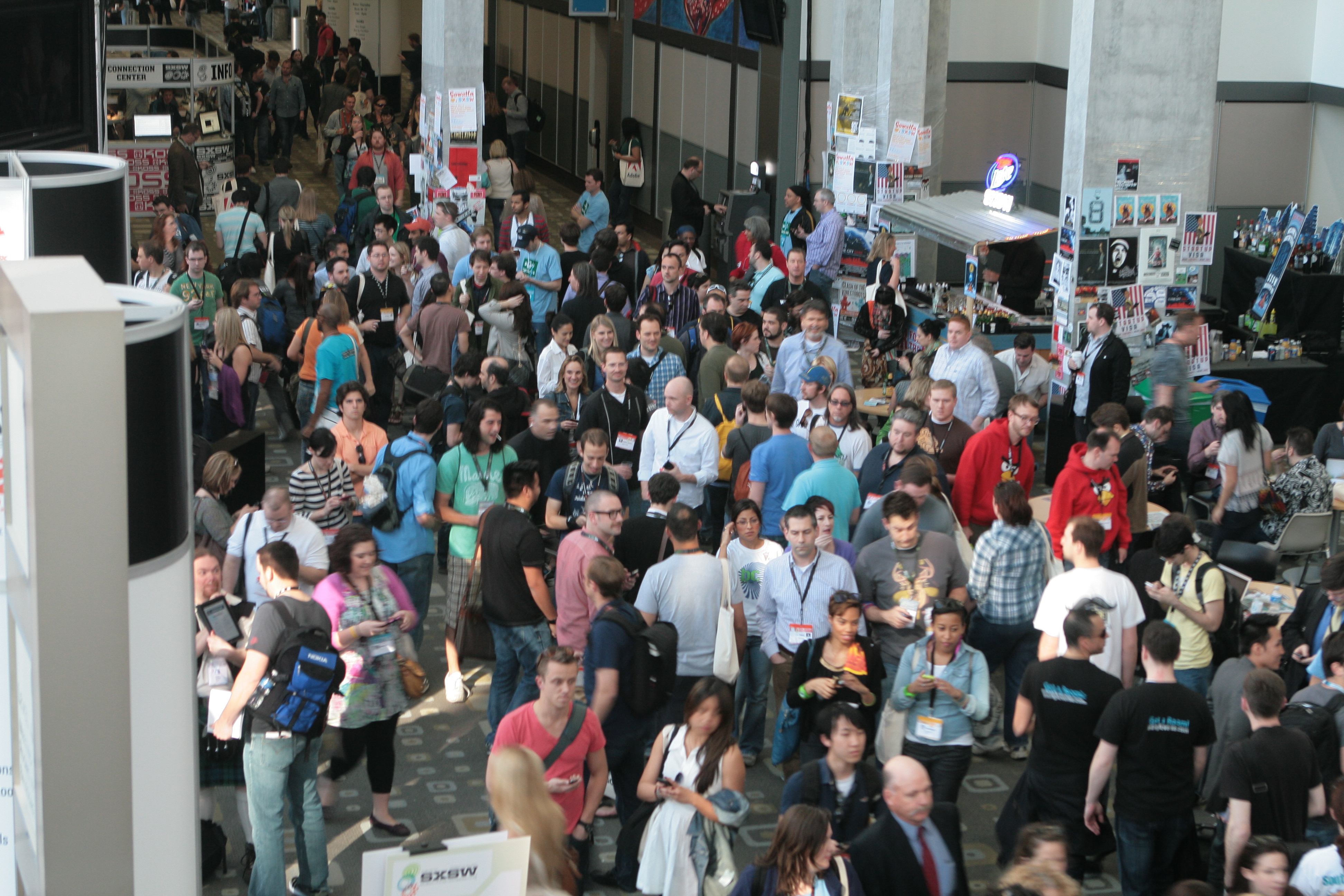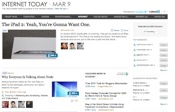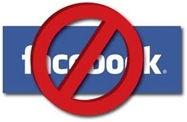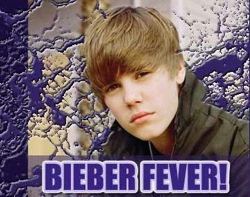Over the last couple of years, we’ve sent one or two PerkettPR representatives to the infamous SXSWi conference, but I had never personally attended for various reasons. This year I decided to take the plunge, after a lot of my industry colleagues in Boston assured me that although they, too, were skeptical in the past, they thought 2010’s show was well worth it. (Ironically, most of those people didn’t go this year ….). Accompanying me was Lisa Dilg, one of our Directors who just celebrated ten years at the agency, and who had also never attended. Below are our rookie assessments of the experience.
The sessions
Christine: Attending conferences is a lot like attending church for me – I walk in hopeful, looking forward to inspiration, and often times walk away feeling empty. I was hoping SXSW would be different – but I have to admit I was disappointed in most of the sessions that I attended. Granted, I’m a newbie to SXSW and I didn’t arrive early enough to some of my first choice sessions, so I couldn’t get in and instead attended second or third choice sessions. But regardless, this is the social media conference – so any of these sessions, in my opinion, should have blown us away – especially with all the work that goes into choosing the speakers. Instead, a lot of them were flat, humorless and down right 101 – this is not the crowd for 101, right? I was really hoping for better. That being said, there were some great ones. For example, I very much enjoyed listening to Tim Ferriss talk and especially answer some very interesting health questions during his session, “The 4-hour Body: Hacking the Human Body.”
I also appreciated the many author book readings that were slated as sessions – but would find them more intriguing if they were more the style of Inside The Actor’s Studio. I’d love to hear more Q&A with the authors – how they created their ideas, what they learned during the writing process, etc. There are so many social media and marketing books out now that are all starting to sound the same – it would add flavor to these sessions to hear more of the thought process and analysis behind the authors and their work.
Lisa: Whether you have gone or not, you’ve heard it said of SxSW – “everything really happens in the hallways…,” but from my first trip there, I think what is not being said is, “…because I’m getting nothing out of the sessions.” I think it’s a case of no one wanting to be the one to tell the Emperor that he has no clothes – to say, there needs to be a way to better vet these sessions so that people want to get out of the halls and into the rooms. There were stories of entire sessions clearing out before they were done and people skipping out on sessions altogether. If I were a SXSW organizer, I would want people to say, “WOW the sessions were fantastic,” not, “I stayed in the hallway and chatted all day.”

As people are more and more willing to state their disappointment publicly and not just whisper it in the halls, maybe it’s time to re-think the “popularity contest” voting for sessions. There has to be a way to ensure that the people giving a session about “humor on Twitter” aren’t speaking in monotone, or that the sessions about social media to an advanced social media crowd get past the basics. Sure, you can rate sessions at the end or tell organizers your thoughts, but people seem to not want to admit that they, too, aren’t seeing the emperor’s clothes – out of fear that they might be looked upon badly by the “in-crowd.”
If the popular voting for sessions remains, which I understand is only a part of the final decision, maybe next year there could be a video element incorporated – let us see a little bit of your presentation skills or a sneak peak of your actual session before deciding to vote on your talk or panel. A short paragraph on what you think you might say eight months from now isn’t enough to go on.
However, later this week, I will be blogging about the one session that almost single-handedly made the conference worth the cost: The 90-Minute Solution: Live Like a Sprinter! by Tony Schwartz, bestselling author of “Be Excellent at Anything: The Four Keys to Transforming the Way We Work and Live.” It made me want to change the way I work immediately.
The networking
Christine: Before I left for Austin, I read a lot of assessments about the show and one of my favorites came from Geoff Livingston. In essence, he encouraged conference goers to be present – that is, to consider going “off the grid” and actually paying attention to your surroundings and not just your mobile device. Not to obsess about name-dropping about every single social media “celebrity” you meet or know or Tweet, but rather to engage with the person in front of you and just be normal. I found his take refreshing and I took it to heart at the conference. I checked in on various LBS apps but I didn’t spend a ton of timing updating my social media streams until after the show (gasp!). I met a lot of great new people as well as folks that I’d only met on Twitter, and had fun catching up with the Boston social media regulars.
Lisa: I had an absolutely fantastic time at SXSW spending time with my clients and excellent housemates who made it a time to remember, for sure. I also enjoyed meeting people that I have talked to for years on Twitter but had never met in person. That’s what makes social media and the real world such a great match.
The selling
Christine: On the tradeshow floor I walked up to one company and said that their “social media marketing” sign was so compelling I just had to know what it meant. Okay, I was only half kidding but the sales guy in the booth didn’t really catch on. Instead, he went on to tell me almost nothing about what his software really did vs competitive offerings – throwing around vague and overused words that we’ve all heard: engage, connect, monitor, listen, value, channel, etc. These words were compelling 3-4 years ago but what’s next? What’s new? What are the innovators saying now and where are they going tomorrow? So much of the selling I heard seemed like corporate entities just catching up to this “whole social media thang” – and quite frankly, it was kind of awkward. At a ground-breaking show like SXSWi, I wanted to be struck by the next big thing. I did see a few intriguing products but nothing to write home about.
Someone asked me if I learned a lot by attending and the honest answer is yes and no. I learned a lot about people, online/offline interactions, and the collision of such. I learned that Geoff was right about a lot of things he said – the “seen and be seen” scene, the rumor mill and the power of 1-1 relationships cemented by quality face-to-face interactions. I was reminded that I much prefer networking when not at a crazy loud party with too many drinks flowing. I was reminded how small our industry is – it’s amazing how many times you run into people you know – and that you have to push yourself to get out and meet new folks. I learned that not only do we need to save SXSW – and the tech industry from “marketing douchbaggery” (not my words but an actual session), but also from “social media douchebaggery” itself. (Although I think I already knew this.) I’m hoping as the show continues to evolve, the popular voting for sessions can too – so that they cover a wider range of topics and unveil the next great, innovative minds and tech – not just the speakers who claim all the “Klout,” if you know what I mean.
Lisa: I was a disappointed that the tradeshow floor didn’t open until Monday, which is the day we left. I didn’t get to spend enough time there to give much of an assessment, but I did hear that it was much bigger than years past. There was a lot of chatter about how all the startups would get attention over the new presence of corporate giants – but I didn’t notice a default of attention going either way. Here’s an assessment of some of the “companies to watch from the tradeshow floor” that caught my attention – in particular, Evri, a “a sort of build-it-yourself iPad magazine,” on Tuaw.
What do you think? Did you attend and enjoy? What did you learn? What great sessions or products did we miss?
Here are a few other assessments of the show that we enjoyed:
USA Today
The Guardian
Digitaria
Our photos, here.






 Four Reasons Your Brand Should Avoid Facebook
Four Reasons Your Brand Should Avoid Facebook Unless you’re living under a rock, you’ve likely heard of Justin Bieber, the latest singing sensation that has teens and preteens around the world screaming and sobbing just for a quick, but memorable, glimpse of his dashing smile and famous hair. Last Sunday afternoon, I took my seven (going on 17)-year old daughter to see the new Justin Bieber movie “Never Say Never,” which came in second place at the box office. As I sat there watching this surprisingly inspiring movie, I noticed my little girl get a twinkle in her eye and I began to understand the intriguing phenomenon known as “Bieber Fever.”
Unless you’re living under a rock, you’ve likely heard of Justin Bieber, the latest singing sensation that has teens and preteens around the world screaming and sobbing just for a quick, but memorable, glimpse of his dashing smile and famous hair. Last Sunday afternoon, I took my seven (going on 17)-year old daughter to see the new Justin Bieber movie “Never Say Never,” which came in second place at the box office. As I sat there watching this surprisingly inspiring movie, I noticed my little girl get a twinkle in her eye and I began to understand the intriguing phenomenon known as “Bieber Fever.”